Akrigel for nail extension: characteristics, features of choice and application

Not so long ago, an innovative product for manicure and pedicure masters appeared on the modern market. Akrigel combines the best qualities of two materials for nail extension: acrylic and gel, and was produced taking into account the wishes of the nail service masters.
This approach made it possible to exclude from the composition the monomer found in acrylic and causing a lot of problems, but retain the strength inherent in this material.
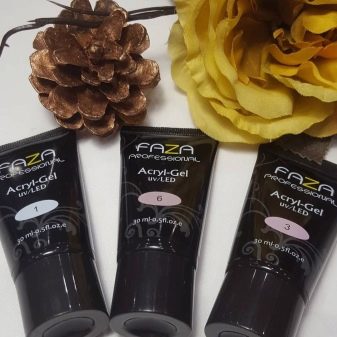

What is acrygel?
Akrigel is a hybrid of gel and acrylic, and has many advantages over traditional methods of building.
Let's consider the main ones:
- easy to use, easy to apply to the nail surface and does not spread;
- absolutely does not harm health, due to the special composition;
- does not cause allergies and does not have a pungent odor;
- dust remaining after cutting does not scatter around the room, but settles on the work surface;
- does not emit fumes during polymerization;
- easy to apply and does not require additional skills.
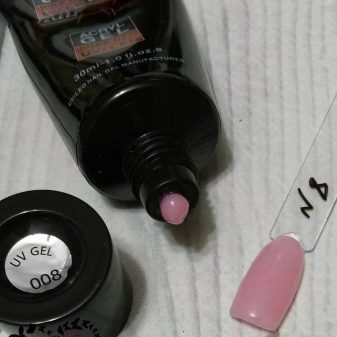
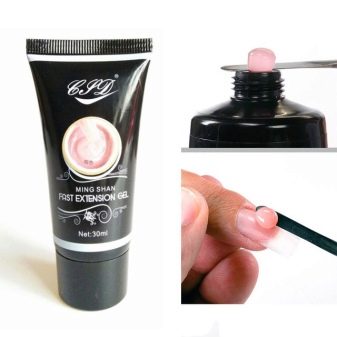
Akrigel is a versatile material and allows craftsmen to expand their range of services. With its help, you can not only correct chips and lengthen the plate, but also simulate a flat or domed shape. As a result, the nails are thin, identical to natural ones, however, very durable. Nails made with acrygel are practically not felt, due to the special elasticity and lightness of the material.
The only drawback of such a polygel is its price, which can go up to 5 thousand rubles per bottle.In addition to the material itself, additional funds will be needed, which will also have to be purchased at a high price.
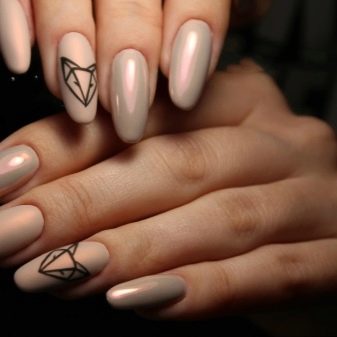
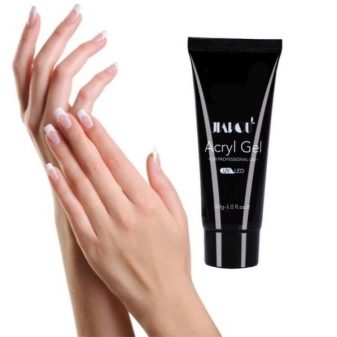
What is the difference from other materials?
Acrigel for nail extension allows you to achieve a better effect compared to traditional materials. The new coat can be applied in a thinner layer than acrylic, resulting in natural-looking nails. Unlike coating with acrylic, polygel does not harden without drying under a lamp, which greatly simplifies work with it, and also significantly reduces the time for all operations.
If we compare acrygel with gel polish, then it does not spread and remains in the place of application. This allows you to come up with new solutions and forms, use it to work with the upper forms of the nail. The use of a polygel allows craftsmen to significantly save money, because the consumption of material is minimized.
To create the desired effect on nails, you do not need to apply several layers, one is enough, and the nails will look perfect.
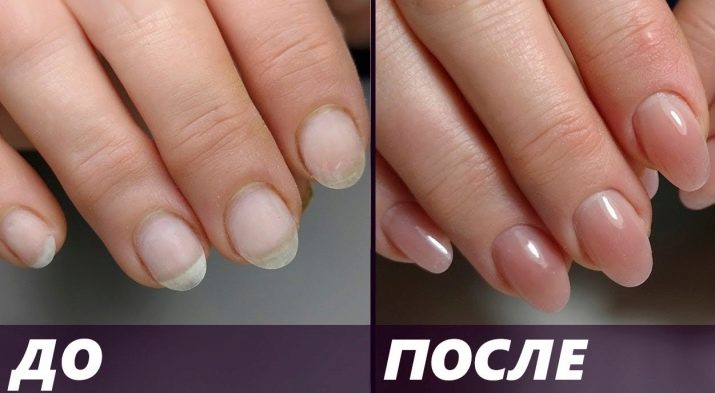
Application technique and features of use
Polygel is a rather unpretentious material; you do not need to purchase new special brushes for it. Those that were used to apply gel or acrylic are suitable. The ideal choice for working with the material would be brushes made of artificial or mixed with natural bristles.
Step-by-step application instructions are as follows.
- Before starting work, moisten the brush in a degreaser.
- We prepare the nail in the same way as when working with gel. Degrease and cover with primer in one layer.
- Apply some polygel evenly to the plate with a brush.
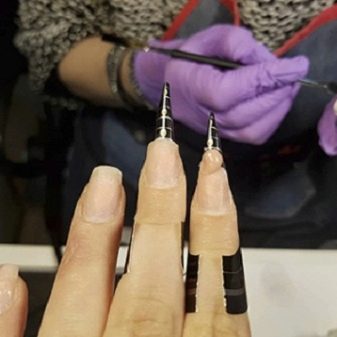

- Then we dip the brush into a special solution for working with acrigel. This will prevent the brush from sticking to the material.
- We make the shape by slightly pressing the material against the plate with a brush. To avoid detachment, it is necessary to carefully work out the cuticle area, as when working with acrylic.
- After the entire surface is covered with polygel, the nail must be dried in a lamp.
- Smooth the surface of the nail with a 180 grit file. We are completing the formation for her.
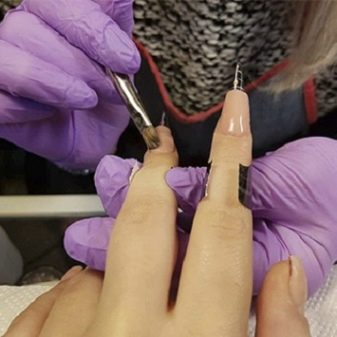
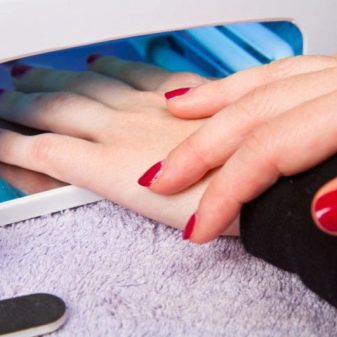
Akrigel is available in a small range of colors. However, to diversify the design and get the desired color, gel polish can be applied over the material.
Choice and best manufacturers
As you may have noticed, working with acrylac is a pleasure. Extension and correction using this material allows nail service masters to create new forms and significantly expand the list of services provided. Polygel is suitable not only for building, it is an excellent solution when it is necessary to correct the tip of the nail (without waiting for the correction) and to strengthen natural nails.
Consider the main manufacturers of this material, their advantages and disadvantages.
Irisk Professional
It has a plastic consistency, increased strength and comfortable polymerization. However, it has several drawbacks: an ordinary paste is not suitable for laying a polygel, you need a Fluid liquid.
In addition, the gel of this brand has a slight stickiness.

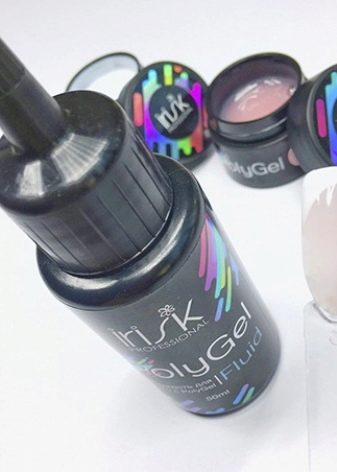
Pudding Gel by Bluesky
It has a variety of natural colors and is optimal in terms of viscosity. Differs in a complete absence of residual stickiness, which will save on special tools, polymerized within one to two minutes. Among the disadvantages can be noted an inconvenient tube (packaging), which does not allow you to control the consumption of material, and the absence of camouflage shades.


TNL Professional
TNL Professional rounds out the top three most popular polygel manufacturers. Differs in a comfortable consistency, a wide range of colors and fast drying.
Possible disadvantages include only slight stickiness.
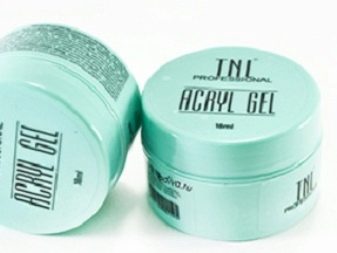
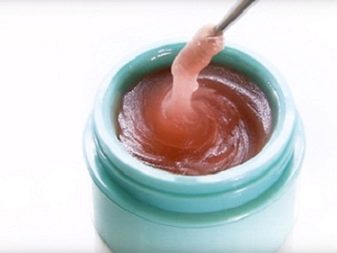
Polygel is excellent for modeling in cases of fungal diseases, nail prosthetics. If your nail lags behind the nail bed or exfoliates, and there are voids inside, acrigel will help here too.In any case, when choosing a brand of polygel, you must rely on the pros and cons of the materials, and the purpose of use.
For information on how to build up nails with acrigel, see the next video.








